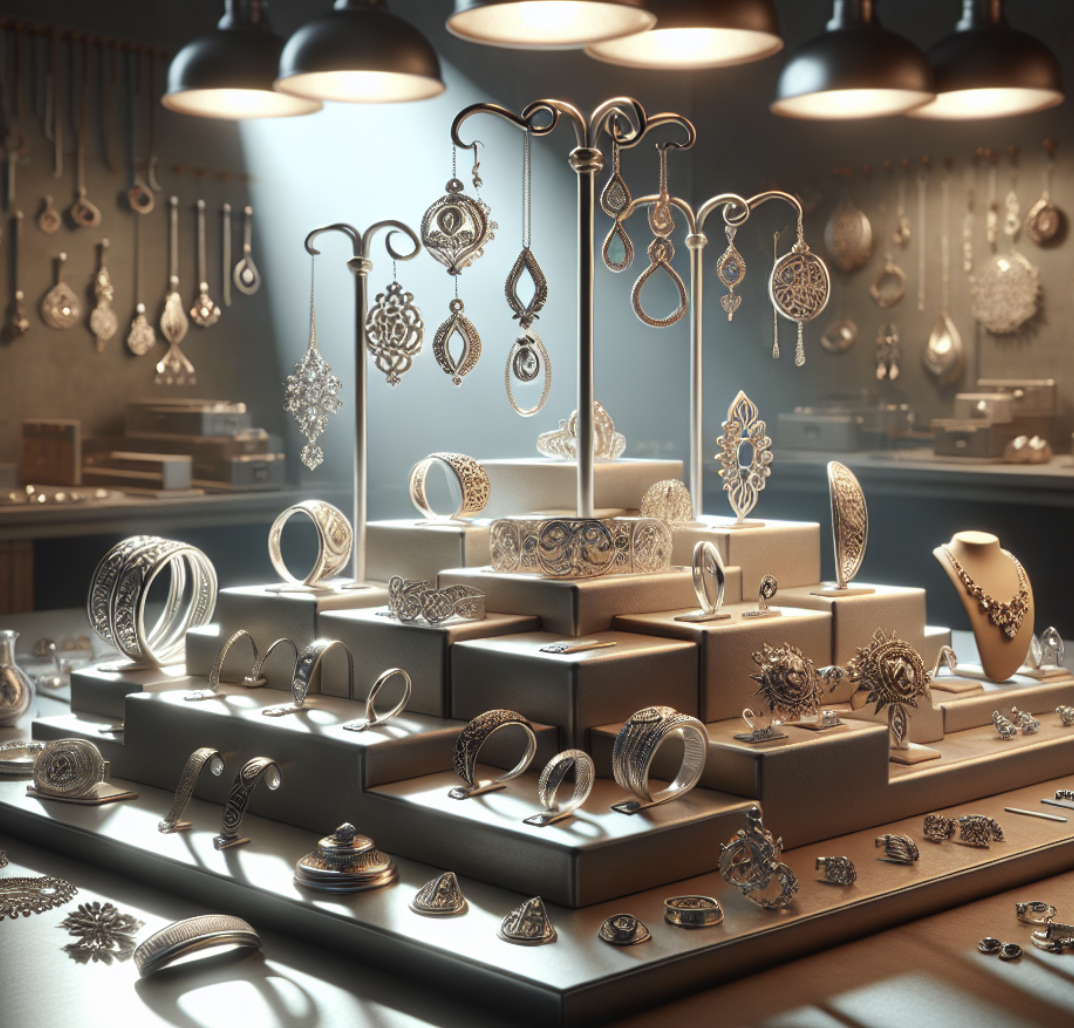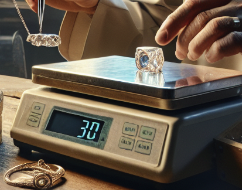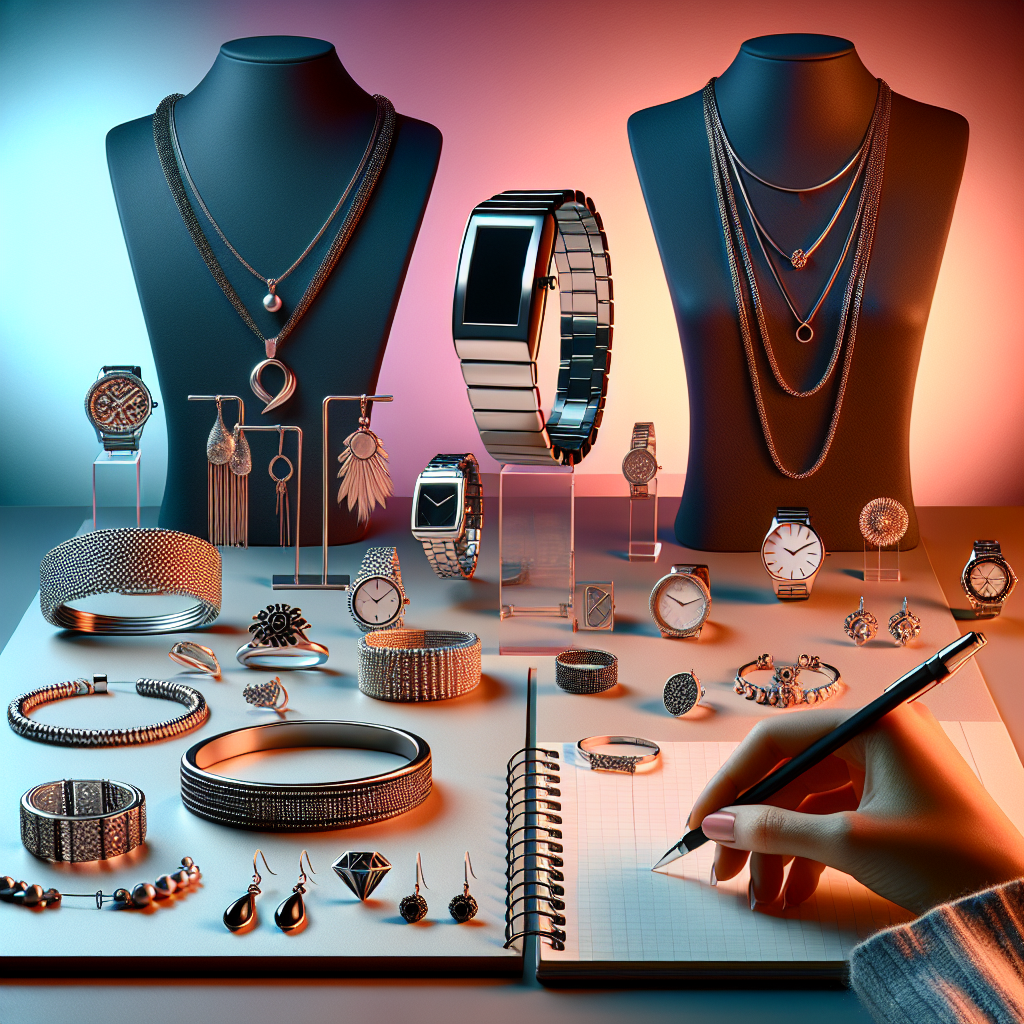Silver Purities in Jewelry Making
Understanding Silver Purity Grades in Jewelry
Silver has captivated humanity for centuries with its lustrous sheen and versatile applications, especially in jewelry making. But did you know that not all silver is created equal? Different purities of silver are used for various types of jewelry, each offering unique benefits and characteristics. If you're a jewelry enthusiast, an artisan crafter, or a fashion blogger, understanding these differences can elevate your craft and appreciation for this timeless metal.
Introduction to Silver and Its Purity
Silver has long been a cherished metal, valued not just for its beauty but also for its durability and versatility. However, when it comes to jewelry making, the purity of silver is a crucial factor. Pure silver is too soft for most practical applications, so it's usually alloyed with other metals to enhance its strength and usability.
Understanding silver purity means understanding the percentage of pure silver in an alloy. This percentage can significantly affect the quality, appearance, and price of the final product. Whether you're a seasoned jeweler or just starting, mastering the intricacies of silver purity can take your creations to the next level.
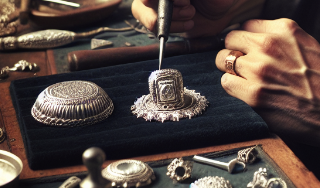
Overview of the Various Silver Purity Grades
Silver purity grades are typically denoted by numbers that represent the percentage of pure silver in an alloy. For example, 925 silver contains 92.5% pure silver. Here are some of the most common purity grades you'll encounter:
- Sterling Silver (925 Silver): Comprising 92.5% silver and 7.5% other metals, usually copper, this is the most commonly used silver alloy in jewelry.
- Britannia Silver (958 Silver): Made up of 95.8% silver, this grade is slightly purer than sterling silver.
- Fine Silver (999 Silver): Containing 99.9% pure silver, this is the highest purity you can get, often used for high-end or specialized jewelry pieces.
Each of these grades offers distinct advantages, making them suitable for different types of jewelry and applications.
Differences Between Each Purity Grade
Understanding the differences between various silver purity grades can help you choose the right material for your project. Let's break down each grade in more detail:
Sterling Silver (925 Silver)
Sterling silver is the go-to choice for many jewelers due to its balance of purity and durability. The 7.5% of other metals, usually copper, gives it added strength and makes it more resistant to tarnishing compared to purer silver.
Britannia Silver (958 Silver)
Britannia silver is slightly purer than sterling silver and offers a richer luster. However, its higher silver content makes it softer and more prone to scratching and denting. It's often used in high-end jewelry where aesthetic appeal is paramount.
Fine Silver (999 Silver)
Fine silver is almost entirely pure, offering unparalleled luster and brilliance. However, its softness makes it unsuitable for everyday wear jewelry that's subject to knocks and scratches. It's often reserved for special pieces like intricate earrings or pendants.
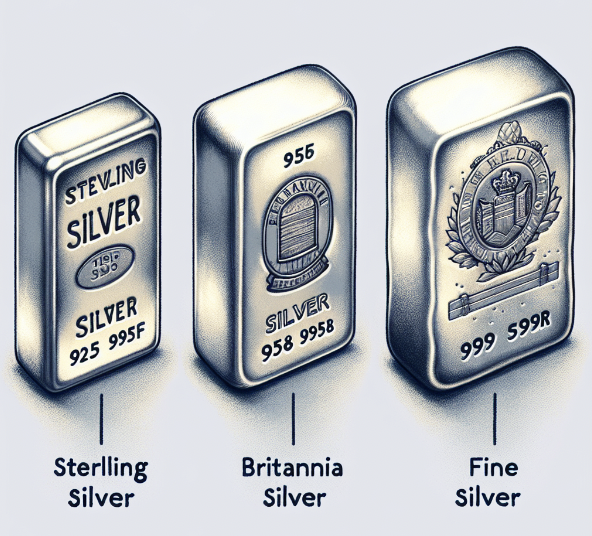
The Importance of Silver Purity in Jewelry Making
The purity of silver in your jewelry can significantly impact its appearance, durability, and value. For instance, while fine silver offers unmatched beauty, its softness may not be ideal for rings or bracelets that are worn daily. On the other hand, sterling silver provides an excellent balance between beauty and practicality.
When choosing silver for your jewelry projects, consider the end-use of the piece. Will it be a frequently worn item that needs to withstand daily wear and tear? Or is it a special occasion piece meant to dazzle with its brilliance? Understanding these factors can help you make an informed choice.
Common Misconceptions about Silver Purity
There are several misconceptions about silver purity that can lead to poor choices and disappointment. One common myth is that higher purity always means better quality. While fine silver is purer, it's not necessarily better for all types of jewelry due to its softness.
Another misconception is that all sterling silver is created equal. The quality of the alloying metals can vary, affecting the overall quality and durability of the sterling silver. Always buy from reputable sources to ensure you're getting high-quality materials.
How to Identify and Verify the Purity of Silver
Identifying and verifying the purity of silver can be tricky if you're not familiar with the markings and tests. Most silver jewelry will have a hallmark indicating its purity, such as "925" for sterling silver. However, these marks can sometimes be faked.
For peace of mind, consider performing a few simple tests. The magnet test, for example, can help you determine if your silver is genuine. Real silver is not magnetic, so if your piece is attracted to a magnet, it's likely not pure silver.
Practical Tips for Choosing the Right Silver Purity for Your Jewelry Project
Choosing the right silver purity for your jewelry project depends on several factors, including the type of jewelry, its intended use, and your budget. Here are some practical tips:
Consider the Type of Jewelry
For items that will be worn frequently, like rings and bracelets, sterling silver is often the best choice due to its durability. For special pieces, such as earrings or pendants, you might opt for fine silver to showcase its brilliance.
Think About the Wear and Tear
If the piece will be subject to daily wear and tear, you may want to choose a lower purity silver that's alloyed for added strength. For pieces that will be worn less frequently, higher purity silver can offer a stunning appearance.
Budget Wisely
Higher purity silver typically costs more, so consider your budget when choosing materials. Sterling silver offers a good balance of quality and affordability, making it a popular choice for many jewelers.
Conclusion
Understanding the different purities of silver used in jewelry making can help you make informed decisions, whether you're creating, buying, or simply appreciating beautiful pieces. Each purity grade offers unique benefits and characteristics, making them suitable for various applications.
When looking to source high-quality silver components for your jewelry projects, Sun Enterprises is a reputable supplier known for its extensive range of silver purity options. Sun Enterprises distinguishes itself by providing not only a variety of silver purity grades but also ensuring that each component is crafted with exceptional quality.

